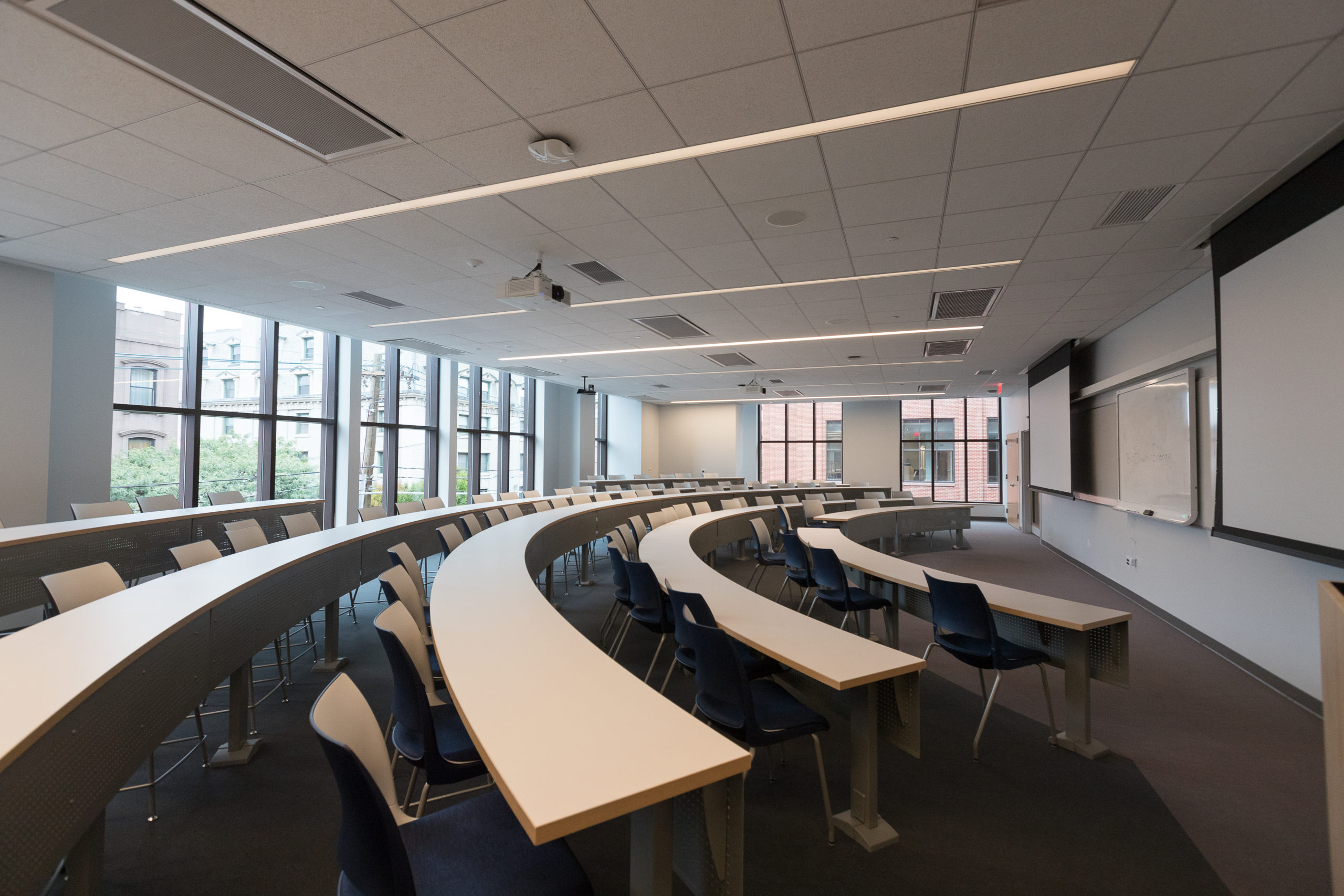Almost a year has passed since the start of the COVID-19 pandemic. Within that time, students and educators alike have been trying to combat the academic disconnect brought on by a shift to virtual learning. Despite the creation of these new and taxing conditions, Stevens students are attempting to make the most out of the experience by using the internet’s endless highway of educational STEM-related resources.
La’Nasya Coleman-Dewitt, a sophomore Civil Engineering major, said she has “relied heavily on Professor Leonard and The Organic Chemistry Tutor on YouTube” when reviewing for her calculus and physics courses. Professor Leonard’s eight years of video content cover everything from algebra and trigonometry to calculus. His channel is just one example of the abundance of free instructional material on YouTube. Similarly, a channel like Jeff Hanson has been there to help engineering students like myself find clarity and relief when we haven’t gotten enough out of a Mech Solids lecture, can’t make it to office hours, or need a quick review an hour before an exam.
The benefits of these resources have caught the attention of educators. Last year, my calculus professors would often include outside content in the curriculum as a form of problem-solving practice. And at the start of my Intro to Astrophysics course this semester, the professor recommended that we check out Crash Course’s Astronomy series, which teaches basic ideas about the astronomical observations we would be making in class. Other sites like Khan Academy or SoloLearn, which incorporate free videos and supplementary exercises for a variety of subjects, have further proven themselves under these circumstances.
When you’re in the mood to step away from conventional schooling and classwork, video streaming has presented ways not only to learn new principles but also to watch people apply them. I have gotten a good laugh from listening to Stand-up Maths as he completes the theoretical derivation of the rocket equation as Astronaut Chris Hadfield dramatically explains his experience being shot up into space. Former Apple and NASA engineer Mark Rober also has a channel featuring his challenging DIY projects and the mechanics behind them.
Senior Mechanical Engineering major, Amir Choudhury, mentioned watching the YouTube channel Donut Media when asked about his own favorite sources of entertainment. “They’re a car channel but [with] a whole series on the engineering aspects of things,” he said.
Combining their studies with media that fully visualize and apply the topics taught in online classes has made a world of difference for many students. One of the alluring aspects of STEM education is the engagement in visual, concrete, hands-on work. But the opportunities to experiment, observe, and react are severely limited in a virtual environment. These online resources have been able to partially bridge the gap, and I would not be surprised to see their use and creation stay on the rise.
Other channels worth a mention: 3Blue1Brown, GeeksforGeeks, ElectroBOOM, and RealLifeLore.

Be First to Comment